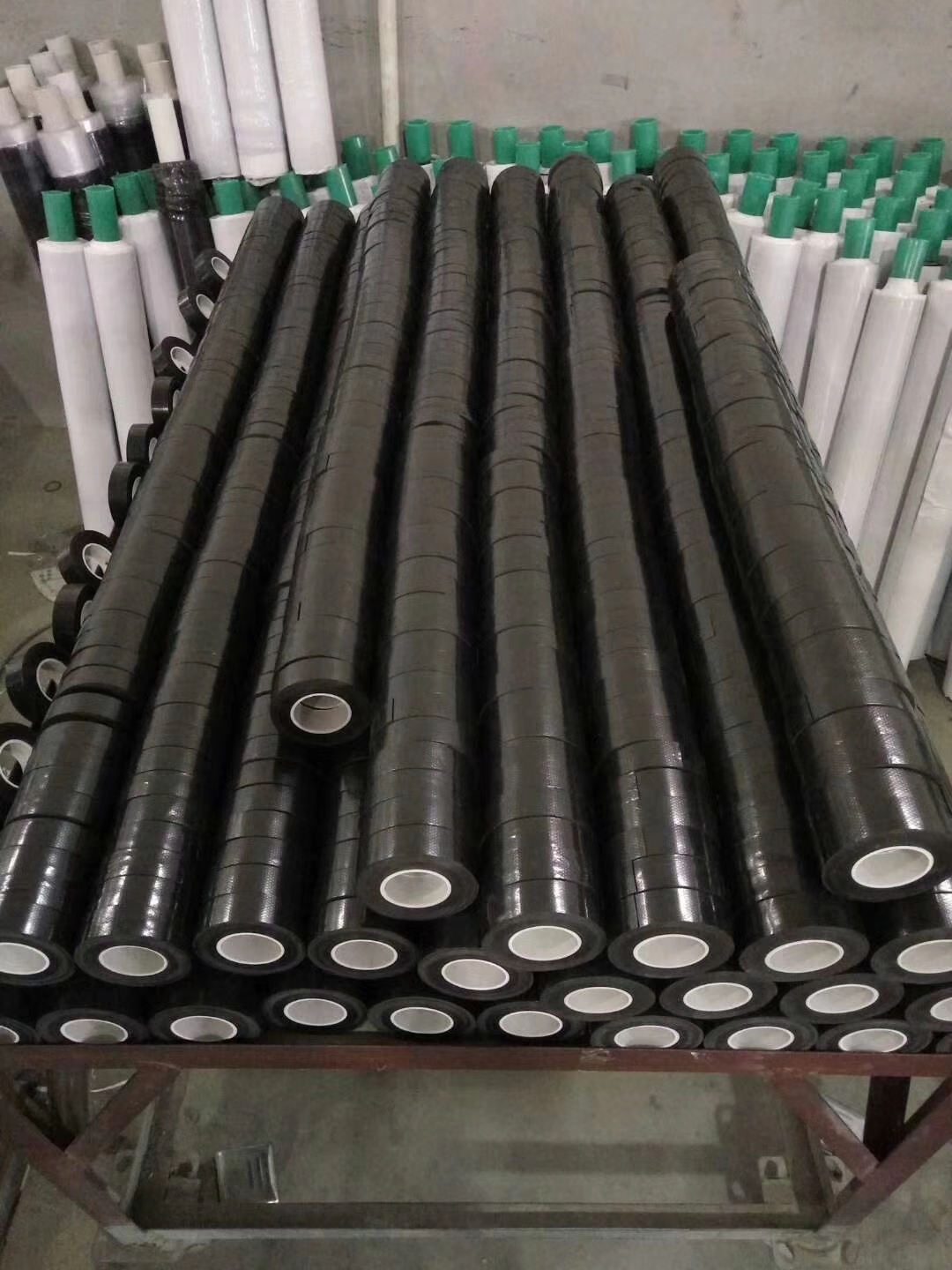The Benefits and Applications of Self-Annealing Tape
In the world of electrical and thermal insulation, self-annealing tape is a remarkable product that has gained significant traction across various industries. This unique tape, often made from polymeric or composite materials, provides exceptional insulation properties while being easy to apply and reliable in performance. In this article, we will explore the benefits of self-annealing tape, its applications, and why it is becoming an essential tool for engineers and technicians alike.
What is Self-Annealing Tape?
Self-annealing tape is a specialized adhesive tape designed to provide insulation and protection to electrical components. Unlike traditional insulating tapes, self-annealing tapes have a unique self-bonding feature that allows them to conform closely to surfaces and create a solid bond without the need for an additional adhesive layer. This is primarily due to the material properties that allow the tape to undergo a self-heating process when applied under specific conditions, effectively annealing and enhancing its performance characteristics.
Key Benefits of Self-Annealing Tape
1. Superior Insulation One of the standout features of self-annealing tape is its excellent thermal and electrical insulation properties. This makes it an essential choice for applications in electrical wiring, transformers, and motors where high-temperature environments can lead to insulation failure.
2. Ease of Application The self-bonding nature of the tape simplifies the application process. Technicians can easily wrap the tape around wires, joints, or connectors without the laborious process of preparing surfaces or using additional adhesives. This ease of use not only saves time but also reduces the likelihood of application errors.
3. Durability and Resistance Self-annealing tapes are typically resistant to moisture, chemicals, and UV light, enhancing their longevity and performance in harsh conditions. This durability ensures a reliable insulative barrier, which is particularly crucial in outdoor or industrial environments.
4. Self-Fusing Mechanism Once applied, the tape fuses to itself upon pressure and temperature application, creating a seamless and robust insulation layer. This self-fusing mechanism allows for excellent conformance to irregular shapes, ensuring complete coverage.
self annealing tape

5. Versatility Self-annealing tape can be employed in a myriad of applications, including aerospace, automotive, telecommunications, and HVAC systems. Its versatile nature allows it to be used for repairing, insulating, and even bundling cables and wires.
Applications of Self-Annealing Tape
1. Electrical Insulation In electrical applications, self-annealing tapes are invaluable for insulating wire splices and connections, ensuring that they do not short-circuit due to exposure to moisture or other environmental factors.
2. HVAC Systems In heating, ventilation, and air conditioning systems, self-annealing tape is used to seal and insulate ductwork, preventing energy loss and maintaining system efficiency.
3. Automotive Industry The automotive sector utilizes self-annealing tape for wire harnesses, engine components, and battery insulation, where high temperature and chemical exposure are common.
4. Aerospace Applications In aerospace, where reliability and safety are paramount, self-annealing tape plays a pivotal role in insulating critical wiring systems and components subjected to extreme conditions.
5. Telecommunications As telecommunications technology advances, the demand for reliable insulation and protection for cables and connectors grows. Self-annealing tape meets these needs efficiently.
Conclusion
The rise of self-annealing tape as a standard solution for insulation needs across various industries speaks volumes about its effectiveness and reliability. Its superior insulation properties, ease of use, and versatility make it an essential tool for engineers and technicians tasked with ensuring the safety and efficacy of electrical and thermal systems. As technology continues to evolve, self-annealing tape is likely to play an even larger role in future innovations, paving the way for safer, more efficient applications across the board. Whether in an automotive assembly line, an aerospace application, or a telecommunications setup, self-annealing tape stands out as a modern marvel of engineering excellence.
-
XIANGFAN Rubber Tape-Ultimate Solutions for All Your Insulation NeedsNewsJun.24,2025
-
XIANGFAN Rubber Tape-Protection for Industrial and Residential ApplicationsNewsJun.24,2025
-
XIANGFAN Rubber Tape: Superior Safety and Sealing for Demanding EnvironmentsNewsJun.24,2025
-
XIANGFAN Rubber Tape: Reliable Solutions for Every Electrical ChallengeNewsJun.24,2025
-
XIANGFAN Electrical & Industrial Tape: Powering Reliability Across IndustriesNewsJun.24,2025
-
XIANGFAN Electrical & Industrial Tape: Excellence in Every ApplicationNewsJun.24,2025
